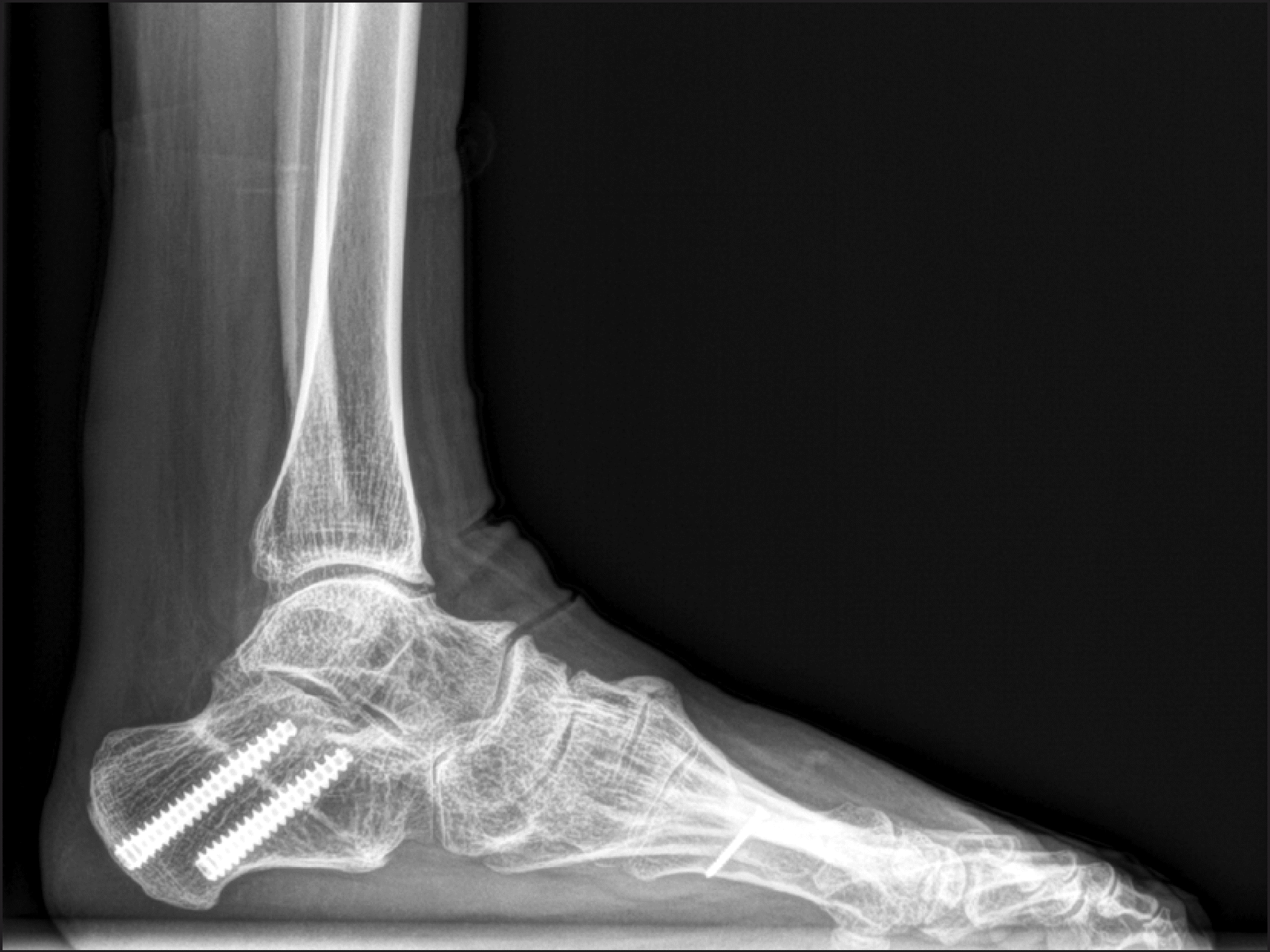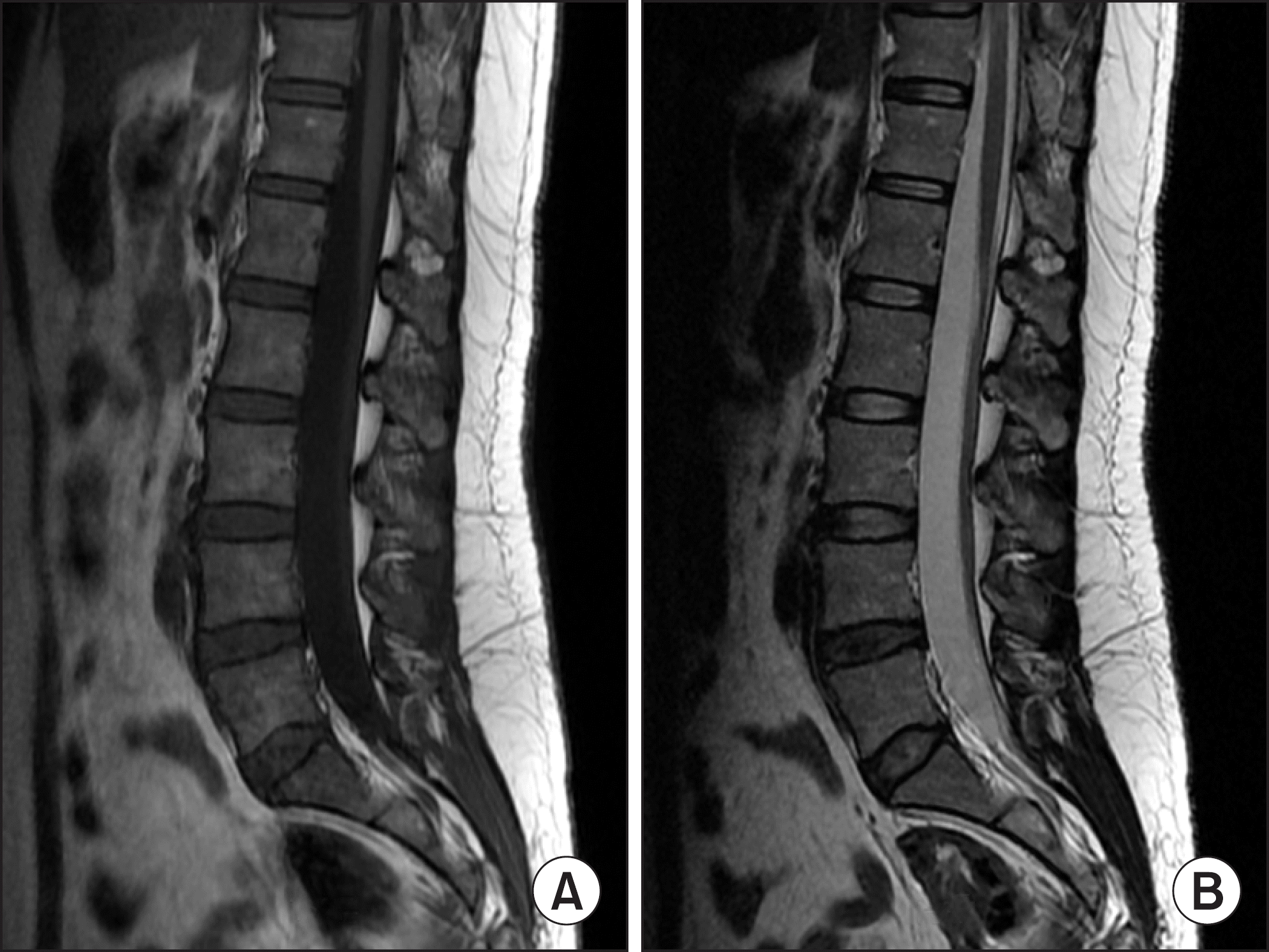Abstract
Postpoliomyelitis syndrome is a common neurological disorder that occurs in patients who have experienced paralytic poliomyelitis. Recently, as a result of vaccination against poliovirus, incidence of poliomyelitis is exceedingly low. However, many patients with postpolio syndrome may encounter anesthesia when undergoing surgery, such as for correction of foot deformity and other operations. We report on a 45-year-old woman who experienced paralysis of her contralateral limb after operation on the left foot under spinal anesthesia. Postoperative electromyography/nerve conduction study (EMG/NCS) was performed in order to determine the cause of paralysis. Motor power of the sequelae involved leg showed improvement with time and recovered fully to the preoperative level at six months after the index operation. A precise evaluation, including a physical examination and EMG/NCS, should be performed preoperatively when spinal anesthesia is planned for postpolio syndrome patients.
References
1. Cashman NR, Maselli R, Wollmann RL, Roos R, Simon R, Antel JP. Late denervation in patients with antecedent paralytic poliomyelitis. N Engl J Med. 1987; 317:7–12.

2. Trojan DA, Arnold DL, Shapiro S, Bar-Or A, Robinson A, Le Cru-guel JP, et al. Fatigue in postpoliomyelitis syndrome: association with disease-related, behavioral, and psychosocial factors. PM R. 2009; 1:442–9.

4. Hodgson PS, Neal JM, Pollock JE, Liu SS. The neurotoxicity of drugs given intrathecally (spinal). Anesth Analg. 1999; 88:797–809.

5. Lambert DA, Giannouli E, Schmidt BJ. Postpolio syndrome and anesthesia. Anesthesiology. 2005; 103:638–44.

7. Wiechers DO, Hubbell SL. Late changes in the motor unit after acute poliomyelitis. Muscle Nerve. 1981; 4:524–8.

8. Coers C, Woolf AL. Special pathology of the intramuscular nerves and nerve endings. Coёrs C, Woolf AL, editors. Innervation of muscle: biopsy study. Springfield: Thomas;1959. p. 64–6.




 PDF
PDF ePub
ePub Citation
Citation Print
Print





 XML Download
XML Download